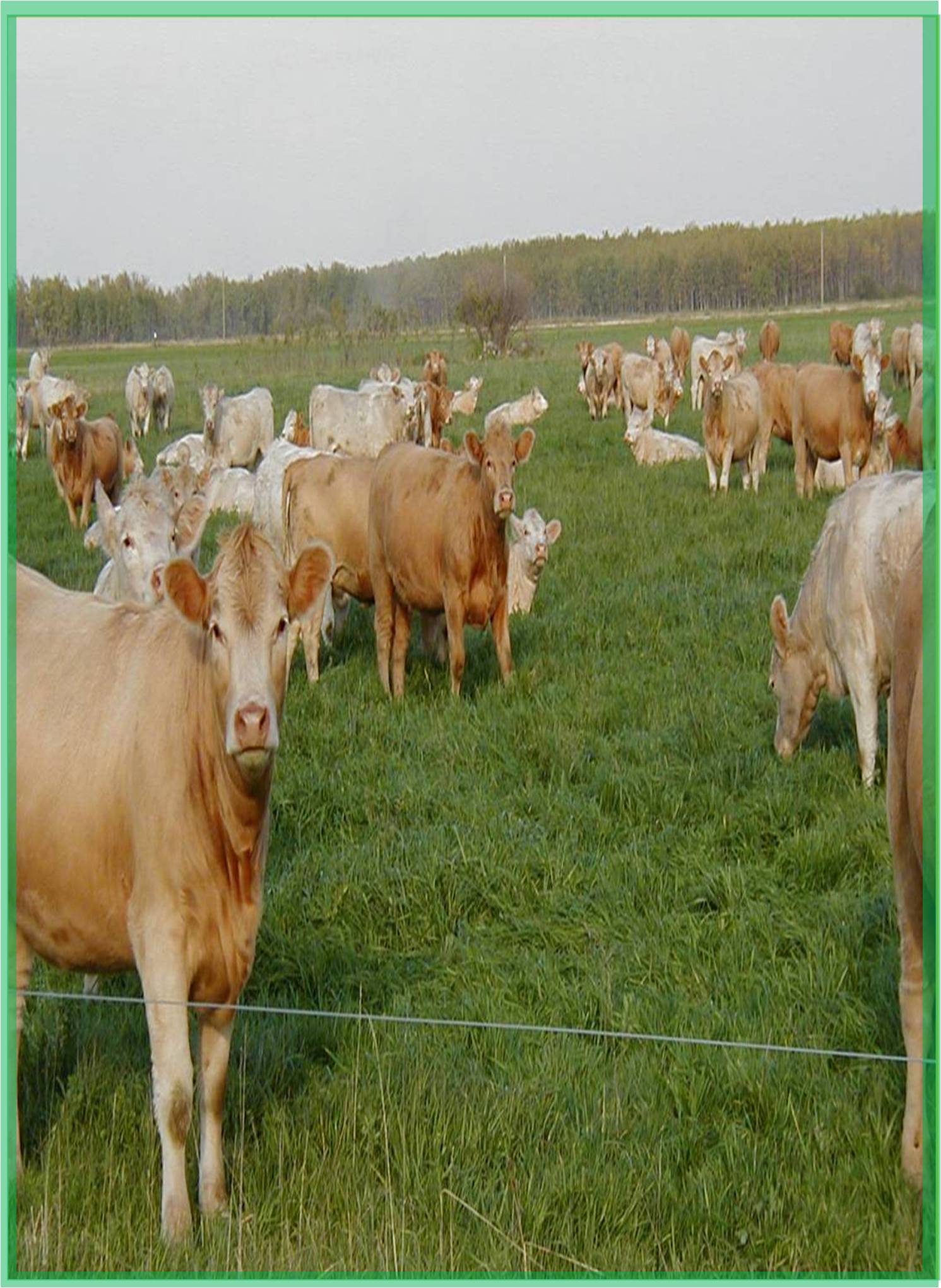



Received: 30-Nov-2022, Manuscript No. GJAS-22-83923; Editor assigned: 02-Dec-2022, Pre QC No. GJAS-22-83923 (PQ); Reviewed: 16-Dec-2022, QC No. GJAS-22-83923; Revised: 23-Dec-2022, Manuscript No. GJAS-22-83923 (R); Published: 30-Dec-2022, DOI: 10.15651/GJAS.22.10.016
Vermicompost is a nutrient-rich, microbiologically active organic amendment produced by earthworms and microorganisms during the breakdown of organic matter. It is a stabilised, finely divided peat-like material with a low C:N ratio, high porosity, and high water-holding capacity, with the majority of nutrients present in forms that plants can readily absorb. Vermicomposting is a method of converting organic materials into humus-like material known as vermicompost by using earthworms. Earthworm activity produces vermicompost, which is high in macro and micronutrients, vitamins, growth hormones, enzymes such as proteases, amylases, lipase, cellulase, and chitinase, and immobilised microflora. Even after being ejected from the worms, the enzymes continue to degrade organic matter. Earthworms act as mechanical blenders, modifying the physical and chemical status of organic matter by gradually reducing its C:N ratio, increasing the surface area exposed to microorganisms, and making it much more hospitable to microbial activity and further decomposition. Vermicompost is a peat-like material rich in plant-available nutrients such as nitrates, phosphates, calcium, potassium, and magnesium. Plant growth regulators and other plant growth influencing materials, such as auxins, cytokinins, and humic substances, have been discovered in vermicomposts. Vermicomposting technology is an effective tool for converting agro-industrial processing wastes into a rich source of plant nutrients.
These waste materials contain a tremendous source of energy, protein, and nutrients that would otherwise be lost if disposed of in open dumps and landfills. Beneficial roles of vermicompost includes red worm castings which have a high humus content. Humus promotes the formation of soil particle clusters, which create channels for the passage of air and increase the capacity of the soil to hold water. Humus is thought to prevent the spread of harmful plant pathogens, fungi, nematodes and bacteria.
A worm casting (also known as worm cast or vermicast) is a biologically active mound containing thousands of bacteria, enzymes, and plant material residues that the worms did not digest. Plants can easily absorb nutrients found in castings. The worm gut acts like a miniature composting tube, mixing conditions and inoculating residues. Worm castings are the best potting soil for greenhouses, houseplants, gardening, and farming. Some studies hypothesised that the growth responses of plants from vermicompost resembled "hormone induced activity" due to the high levels of nutrients, humic acids, and humates in vermicompost. Vermicompost contains antibiotics and actinomycetes, which aid in increasing crop plants' "power of biological resistance" against pests and diseases. Spraying of chemical pesticides was reduced by more than 75% when earthworms and vermicompost were used in agriculture. Vermicompost application suppressed the infection of insect pests such as aphids (Myzus persicae), mealy bugs (Pseudococcus spp.), and cabbage white caterpillars (Peiris brassicae) on pepper (Capiscum annuum), cabbage (Brassica oleracea), and tomato by 20%-40%. (Lycopersicon esculentum).
Vermicomposting methods, which are a dependable, cost-effective, and long-term method for evaluating various organic wastes, enable the production of "Vermicest," which is thought to have a biological suppressive effect on plant growth, plant nutrition, and rot factors. Vermicomposting is a decomposition process that involves earthworms and microorganisms working together. Although microorganisms are in charge of the biochemical degradation of organic matter, earthworms play an important role in the process by fragmenting and conditioning the substrate and dramatically altering its biological activity. The role of vermicompost in agricultural field nutrition has only recently piqued the interest of researchers worldwide. Waste management is viewed as an essential component of a sustainable society, necessitating the diversion of biodegradable fractions of societal waste from landfill and into alternative waste management processes such as vermicomposting. Vermicast is a nutritive organic fertiliser rich in humus, NPK, micronutrients, beneficial soil microbes, nitrogen- fixing, phosphate-solubilizing bacteria, actinomycets, and growth hormones auxins, gibberlins, and cytokinins. Plant nutrients found in vermicompost include N, P, K, Ca, Mg, S, Fe, Mn, Zn, Cu, and B.
The high humic acid content of vermicompost benefits plant health by promoting the synthesis of phenolic compounds such as anthocyanins and flavonoids, which may improve plant quality and act as a deterrent to pests and diseases. Vermicompost is primarily composed of C, H, and O, but it also contains nutrients like N, P, Ca, K, Mg, S, and micronutrients that have similar effects on plant growth and yield as inorganic fertilisers applied to soil. Vermicompost also contains a high proportion of humic substances, which provide numerous sites for chemical reaction; bacteria (Bacillus), yeasts (Sporobolomyces and Cryptococcus), and fungi (Trichoderma), as well as chemical antagonists such as phenols and amino acids, are known to enhance plant growth and disease suppression. Organic agriculture, also known as organic farming, entails production systems that do not use synthetic or chemical fertilisers, pesticides, or genetically modified organisms. Organic fertilisers are primarily derived from the remains or byproducts of biological organisms, such as manure and sewage sludge. Composting and vermicomposting, for example, are both used to bio-convert a variety of organic wastes into composts and vermicomposts, which can then be used as growing media or soil enhancers. Furthermore, as organic agriculture expands on a global scale, organic fertilisers such as vermicompost are required to sustain the yield and growth of organic crops in general.